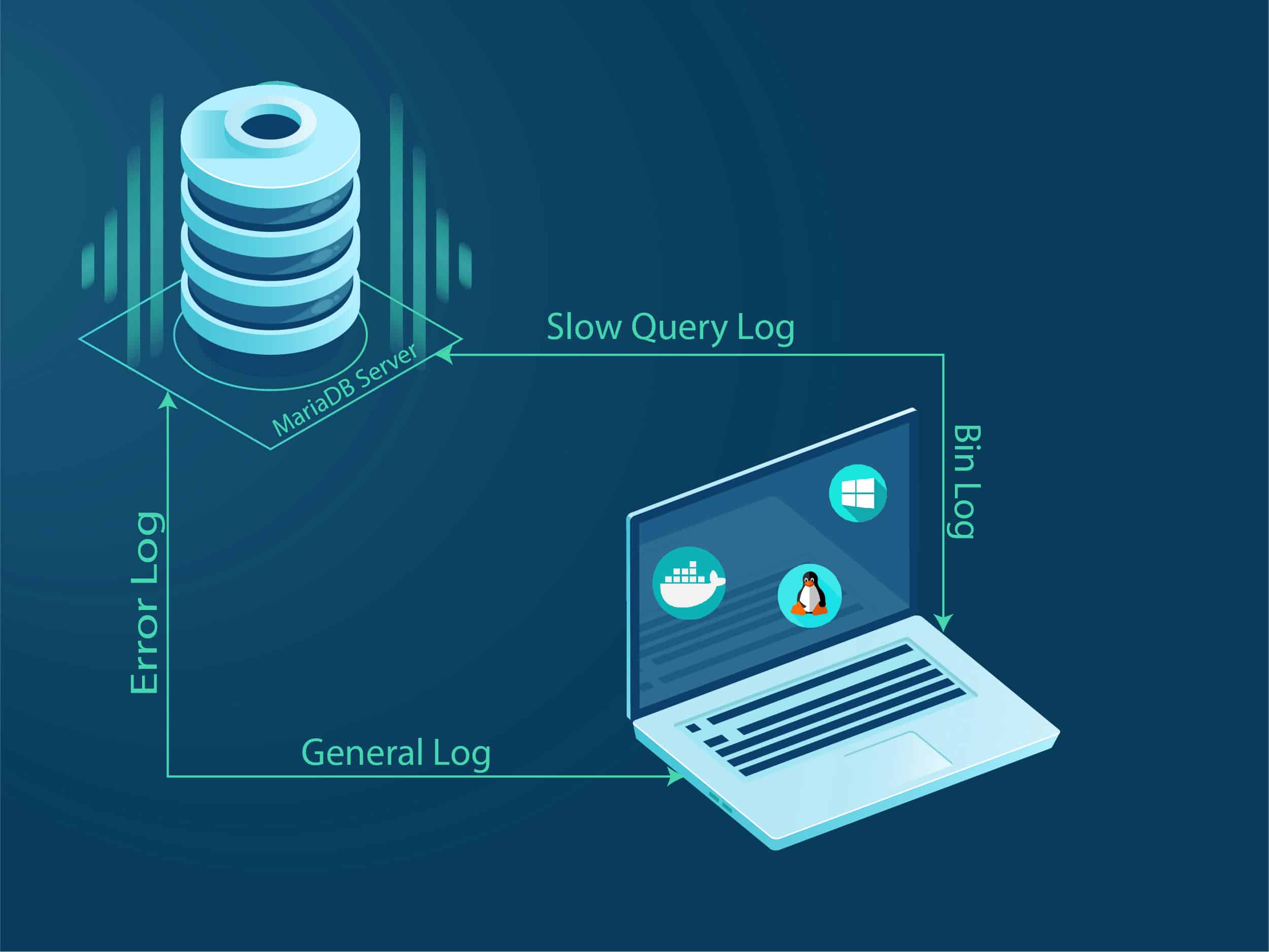Content
React DevTools is available as an extension for Chrome and Firefox. If you have already installed the extension, it should update automatically within the next couple of hours.
If you’re working on React.js applications, this is a great tool to have. If your machine and app are configured properly, you should see a few components in the component tree of the standalone React DevTools.
Step 3 — Tracking Component Rendering Across Interactions
On the dropdown, one can see that the extension has been added. You’ll have to look it up yourself (sorry – I’m not an Android developer). The Hook also has a generic name of State, but this is not as easy to update as the context.
The React Developer Tools browser extension gives you a powerful set of utilities to explore your components in their applications. With these tools, you’ll be able to explore a component’s state and identify bugs using real data without console statements or debuggers. These tools are a crucial part of the development process and give you an opportunity to explore the components as part of an application and not just as static code.
How To Debug React Components Using React Developer Tools
The React Developer tools extension may also tell you whether or not React.js was used in a given application. If you would like to learn more about debugging JavaScript, see our article on How To Debug Node.js with the Built-In Debugger and Chrome DevTools.
The LogRocket Redux middleware package adds an extra layer of visibility into your user sessions. As previously mentioned, React DevTools is constantly under heavy development. React DevTools v4 was released in August 2019 and the subsequent minor updates have introduced a host of major and minor improvements, a few of which we’ll list below. The React DevTools changelog has a comprehensive list of recent updates and improvements in React DevTools, but we’ll go over a few now. In some situations, understanding why a particular commit or rerender took longer than expected can be a bit complicated.
Chrome Developer Tools
Rekit develops programs and provides project management solutions for programmers, such as Rekit Studio. It includes a command line interface as well as tools for managing actions, components, pages, and reducers. If you use the React memo, the function will only re-render if the props or context change. In this step, you’ll use the React Developer Tools profiler to track component rendering and re-rendering as you use the sample application. It is not necessary to add a displayName, but it does help to navigate components when analyzing the component tree in the console.
It’s also possible to build and install React DevTools from the source directly. You can check the documentation for instructions on how to do so. React DevTools is a highly valuable asset when you’re working on a React project. Though it has its standard use cases, there are a lot of subtle features within DevTools that go unnoticed or unused.
How to Install React Developer Tools and How to Use It?
There is a useDebugValue Hook, but it only works on custom Hooks and is not recommended for all custom Hooks. Be sure that you have React Developer Tools open and notice that App component now shows theContext.Provider as a child component. If you’re using Expo, here is an article detailing how to install on Expo. The earlier version of React DevTools only supports React v16 and up.
With DevTools, you can access React state from the console, trigger callback methods, and even augment functionality. Although you can find and fix most issues directly in React DevTools, there’s some debugging that just works better with a good old console.log. One of my favorite features is that DevTools actually gives you the option to interact with the component instances via the console itself. You can also switch between the light and dark themes whenever you like. To start playing around with themes, click the cog icon on the right side of the main panel and then click the General settings tab. React DevTools should appear in the browser’s DevTools when you point to a site built with React.
Welcome to the developer cloud
You activated the tools on both a production and a development page, and you briefly explored your debug-tutorial project in the Components tab. In the next step, you’ll build the text analyzer that you’ll use to try out the features of the React Developer Tools. This tutorial begins by installing the React Developer Tools browser extension.
What is redux in react JS?
React Redux is the official React binding for Redux. It allows React components to read data from a Redux Store, and dispatch Actions to the Store to update data. Redux helps apps to scale by providing a sensible way to manage state through a unidirectional data flow model. React Redux is conceptually simple.
Select a component in React DevTools and pop open the console . Type in $r and you’ll have access to the instance of that React component from the console. React DevTools 4 was officially released in August 2019, bringing significant performance improvements, a revamped navigation experience, and full support for React Hooks. Since then, the React team has continuously refined DevTools with regular updates and improvements.
React was built with the goal of making writing user interfaces as simple as possible. However, using code to generate a visual component is not the most common thing for doing, which is why we usually go from coding to browser and back to coding.
In this case, the reason the component changed is The parent component rendered. CharacterMap is doing an expensive calculation every time the parent changes, even if the props and the context do not change.









